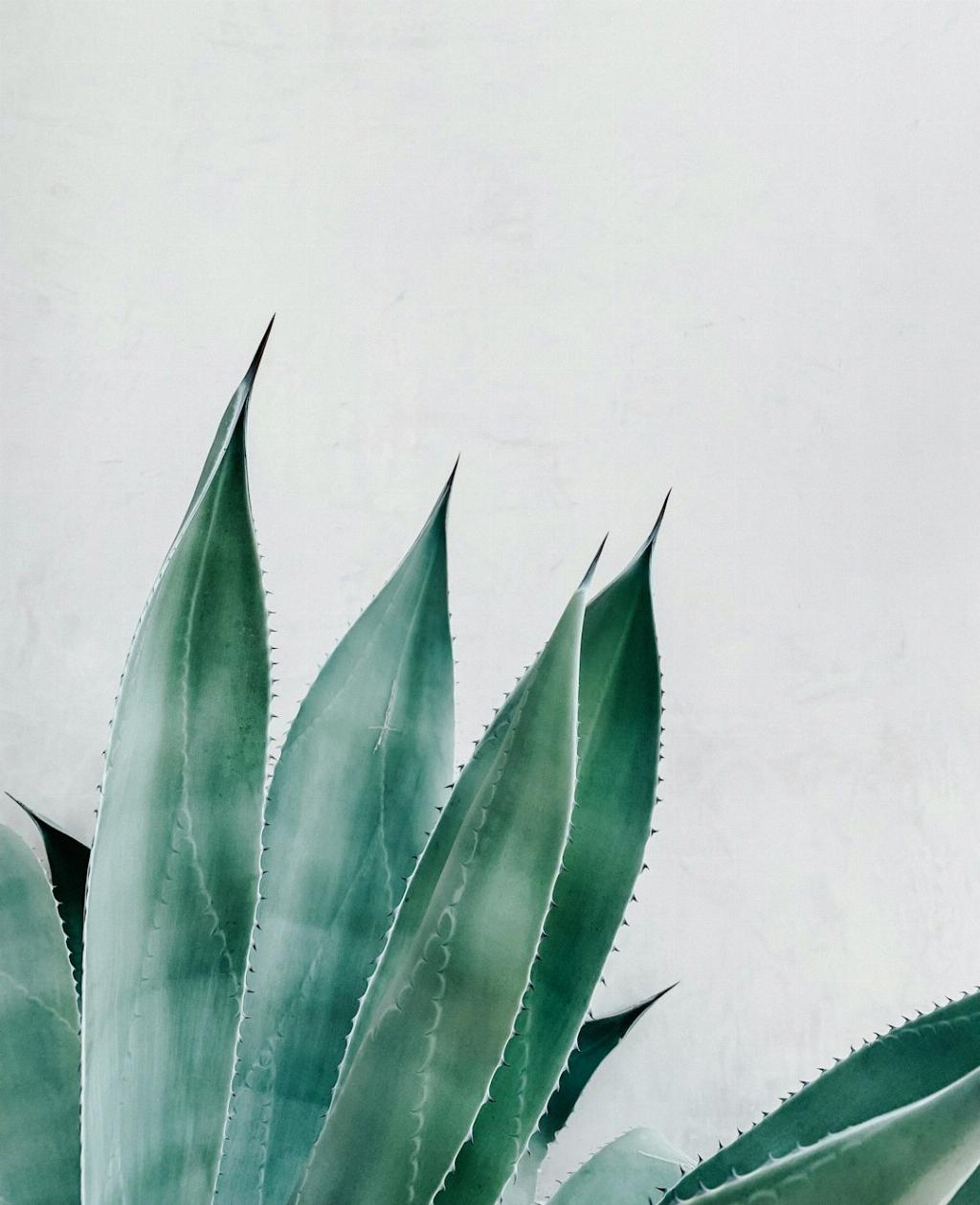If you’re looking at your succulent plant and wondering whether it’s still alive or not, there are several key signs you can look out for that may indicate the health of your plant. Keep in mind that different succulent species may exhibit different characteristics when they are in distress, so it’s important to pay close attention to the specific traits of your plant.
One of the most obvious signs that your succulent may be dead is the presence of decomposers such as insects and maggots. These creatures are typically attracted to decaying plant matter and may appear on your succulent if it is in an advanced stage of decomposition.
Another indicator that your succulent plant may be dead is the lack of growth or changes in appearance. Healthy succulents should exhibit vibrant growth, with new leaves or offsets forming regularly. If you notice that your plant has stopped growing or its foliage is wilting and not recovering, it could be a sign that it is struggling to survive.
Check the roots of your succulent for any signs of rot or decay. Healthy roots are firm and white, while rotted roots may appear mushy, discolored, or have a foul odor. If you gently tug on the base of your plant and it comes out easily or the roots are soft to the touch, this could be a sign of root rot, which can be fatal to succulents.
Assess the overall condition of the stem and leaves of your succulent. A healthy succulent should have firm, plump stems and leaves, which are typically full of moisture. If your plant feels mushy, shriveled, or dry to the touch, it may be a sign that it is not receiving adequate water or is unable to absorb nutrients effectively.
Examine the color of your succulent’s foliage. In many cases, a healthy succulent will exhibit vibrant colors, ranging from shades of green to purple or pink, depending on the species. If you notice that your plant’s leaves are turning yellow, brown, or black, it may be a sign of nutrient deficiency, overwatering, or other issues that could potentially lead to the death of the plant.
Look for any signs of pests or disease on your succulent. Insects such as mealybugs, aphids, or spider mites can infest succulents and weaken them over time. Additionally, fungal infections or bacterial diseases can cause discoloration, spots, or lesions on the leaves of the plant. If left untreated, these issues can progress and potentially kill your succulent.
Consider the environmental conditions in which your succulent is growing. Succulents thrive in well-draining soil, bright sunlight, and moderate temperatures. If your plant is kept in soil that retains too much moisture, is exposed to prolonged periods of darkness, or is subjected to extreme heat or cold, it may struggle to survive and could eventually die.
Think about your watering habits and how they may be affecting your succulent. Overwatering is a common cause of succulent death, as excessive moisture can lead to root rot and suffocate the plant. On the other hand, underwatering can cause dehydration and nutrient deficiencies, which may also result in the decline of your succulent’s health.
Consider the age of your succulent plant. While most succulents are long-lived and resilient, some species have shorter lifespans or may be more susceptible to certain stressors. If your succulent is particularly old or has been through multiple seasons of growth, it may be more prone to decline and eventual death.
Consult resources such as gardening books, online forums, or local plant nurseries for additional guidance on caring for your succulent. Experienced growers and enthusiasts can provide valuable insights and advice on how to revive a struggling succulent or prevent future issues that could lead to plant death.
If you are unsure about the health of your succulent, consider seeking professional help from a horticulturist or plant specialist. They can assess the condition of your plant, diagnose any potential problems, and recommend appropriate solutions to help your succulent recover and thrive once again.
In conclusion, determining whether your succulent is dead requires close observation of its physical characteristics, environmental conditions, and care routines. By being vigilant and proactive in addressing any issues that may arise, you can potentially save your succulent from declining health and ensure that it continues to bring joy and beauty to your living space.

